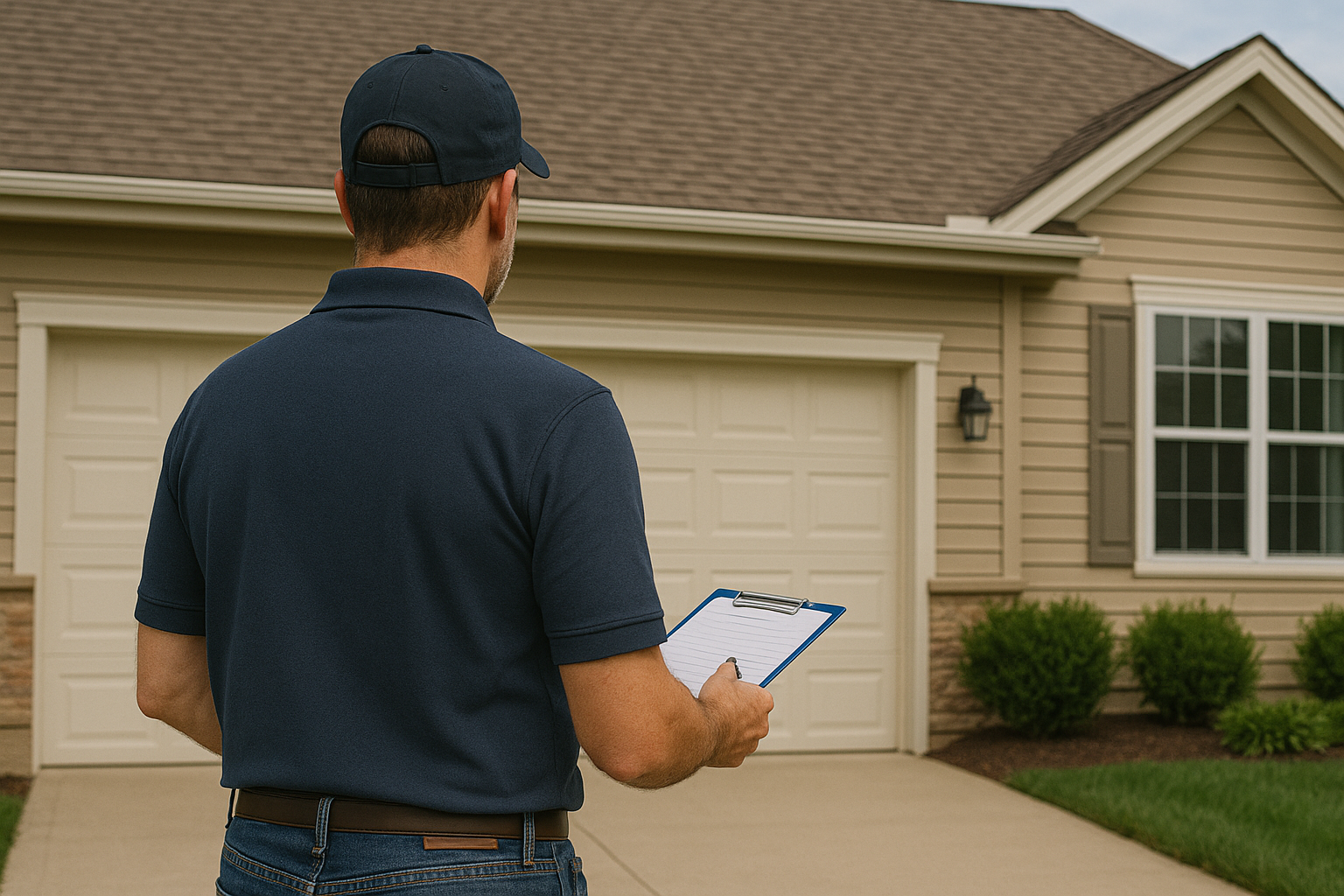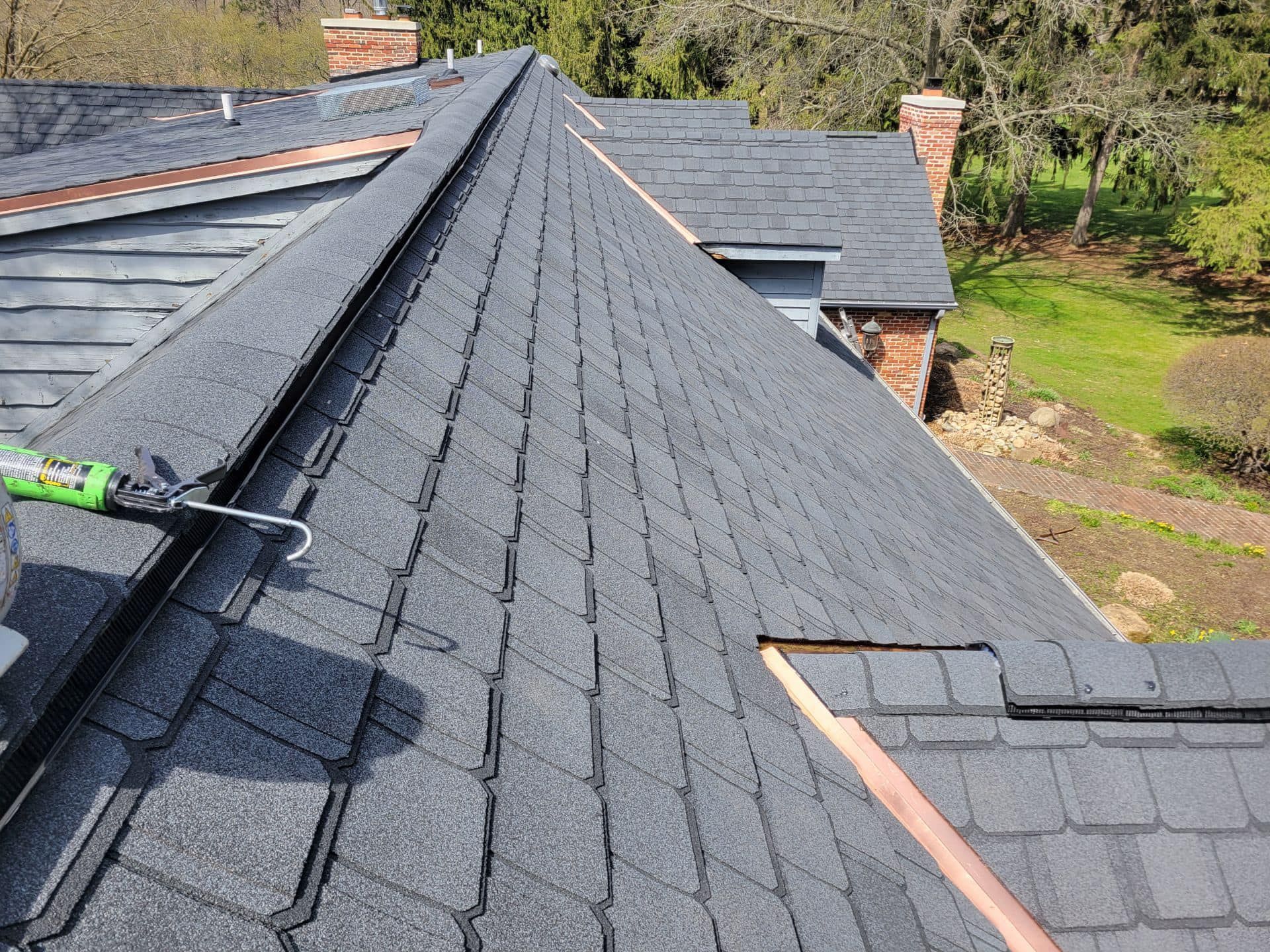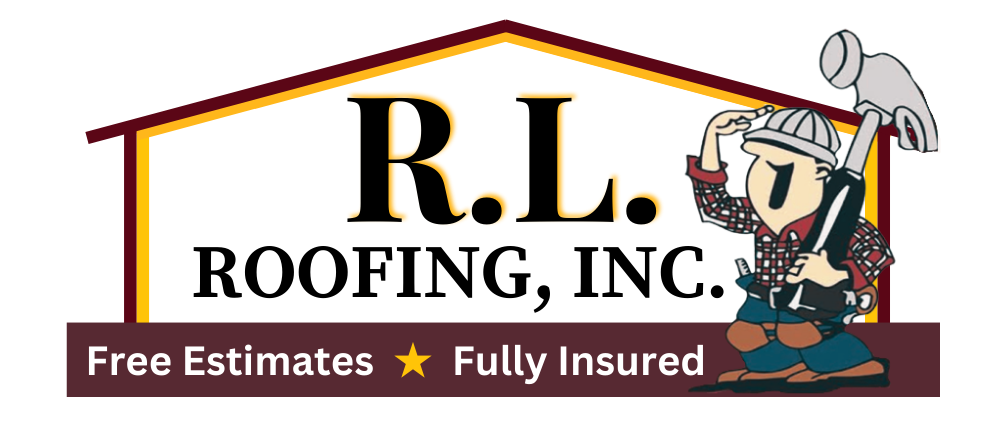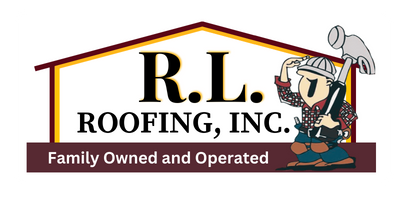R.L. Roofing Blog

A new roof is one of the most significant investments you’ll make in your home. If you’ve compared estimates, you’ve likely noticed wide price differences. Understanding the factors that influence roof replacement cost helps you compare bids fairly and choose the right solution for your home. RL Roofing believes in transparency. Below is a clear breakdown of what goes into the price—and how to evaluate estimates—tailored to homeowners in Northwest Indiana, Michiana, and Southwest Michigan . Size and Complexity of Your Roof Cost starts with roof size (measured in “squares,” where one square equals 100 sq. ft.) and increases with design complexity . Simple gable roofs with few penetrations are most economical. Complex roofs —multiple valleys, dormers, steep pitches, skylights, or chimneys—require more time, materials, and skill. Complexity drivers that raise price: Multiple roof lines/valleys and architectural details Steep pitch (6/12 and above) or multi-story work Skylights, chimneys, and numerous penetrations Limited access or staging that requires special equipment Roofing Materials: The Largest Cost Driver Material choice heavily influences total cost and lifespan. Asphalt shingles (architectural): Strong value, curb appeal, wide color options. Metal roofing (e.g., standing seam): Higher upfront cost; excellent longevity, wind resistance, and energy performance. Tile & slate : Premium look and durability; substantially higher material and installation cost. Wood shingles/shakes : Distinctive appearance; higher maintenance and potential insurance considerations. Higher-quality systems often carry stronger warranties and longer service life, reducing cost per year. Labor and Installation Costs Professional installation typically represents 40–60% of project cost. Labor varies with: Local demand and seasonality (peak seasons may price higher) Crew expertise and certifications (often a better warranty and fewer callbacks) System requirements (some materials and details require specialized skills) Safety and site protection (multi-story, steep slopes, or fragile landscaping) Structural Considerations Discovered after Tear-Off What’s beneath the shingles matters. Decking condition: Soft or rotted sheathing must be replaced for proper fastening. Structural support: Heavier materials (tile, slate) may need reinforcement. Code updates: Replacements must meet current building code (ventilation, ice protection, fasteners), which can affect scope. Ask for unit pricing on unforeseen wood replacement so change orders are transparent. Additional Cost Factors Removal & disposal: Multiple layers or heavy materials increase labor and landfill fees. Ventilation plan: Balanced intake (soffit) and exhaust (ridge) extends shingle life and reduces ice-dam risk. Flashing & penetrations: Properly addressing chimneys, walls, and skylights prevents leaks and callbacks. Gutters & accessories: Combining gutter/fascia/soffit updates with the roof can be efficient, but increases the upfront total. Warranty level & contractor standards: Enhanced manufacturer and workmanship warranties may impact system components and price. Financing: Payment plans can affect the overall project cost via interest. How to Get Accurate, Comparable Roof Replacement Estimates Request itemized proposals detailing tear-off, underlayments, ice & water shield, ventilation, flashing, disposal, and permits. Confirm the exact system (shingle line, underlayments, ridge/hip, fastener pattern) and warranty terms . Ask for unit pricing on decking replacement and skylight/flashing upgrades. Verify compliance with local code and manufacturer specifications. Review schedule and standards for site protection, daily cleanup, and final magnet sweep . Making the Right Investment While it's tempting to choose the lowest bid, remember that your roof protects your most valuable asset – your home. Quality materials and professional installation provide better long-term value through: Extended roof lifespan Better weather protection Improved energy efficiency Higher home resale value Reduced maintenance needs Ready for a Detailed Roof Assessment? Understanding these cost factors helps you make an informed decision about your roof replacement. At RL Roofing Service, we provide detailed, transparent estimates that clearly explain all cost factors specific to your project. Don't let roofing costs catch you by surprise. Contact us today for a comprehensive roof inspection and detailed estimate. Our experienced team will assess your specific needs and provide honest recommendations that fit your budget and protect your home for years to come. Ready to get started? Call RL Roofing Service for your free roof inspection and estimate, or reach out to us online . We're committed to providing quality workmanship, fair pricing, and exceptional customer service for every roofing project.

When it comes to your new roof installation project, choosing the right roofing material is crucial. Among the many options available, asphalt shingles and metal roofing stand out as popular and reliable choices. Asphalt Shingles Asphalt shingles are the most common roofing material used in residential projects across the United States. Their popularity stems from several key advantages. Cost-Effectiveness Asphalt shingles are less expensive to purchase and install compared to many other roofing materials, making them an attractive option for budget-conscious homeowners. Ease of Installation The installation process for asphalt shingles is relatively straightforward, which can save time and labor costs. This simplicity also means that repairs and replacements are generally easier and less costly. Variety of Styles and Colors Asphalt shingles come in a wide range of styles, colors, and textures, allowing homeowners to achieve their desired look. Whether you prefer a traditional or modern appearance, there's likely an asphalt shingle that will meet your aesthetic preferences. Durability While not as long-lasting as some other materials, asphalt shingles can still provide good durability, typically lasting 20 to 30 years with proper maintenance from what we have seen. They are also designed to withstand various weather conditions, including moderate winds and impacts. Metal Roofing Metal roofing has gained popularity in recent years due to its durability and modern aesthetic appeal. It offers several significant benefits for a new roof installation. Longevity One of the most compelling advantages of metal roofing is its exceptional lifespan. According to State Farm, if installed correctly, some metal roofs can sustain wind gusts up to 140 miles per hour, will not corrode or crack, and may be impact-resistant. This longevity can offset the higher initial cost, providing long-term value for homeowners. Energy Efficiency Metal roofs are highly reflective, which helps to reduce heat absorption. This energy efficiency can lead to lower cooling costs in warmer climates, making metal roofing an eco-friendly choice for your new roof installation. Low Maintenance Metal roofing requires minimal maintenance compared to other materials. It is resistant to common issues such as rot, mildew, and insect damage, which can save homeowners time and money on repairs and upkeep. Weather Resistance Metal roofs are designed to withstand extreme weather conditions, including high winds, heavy snowfall, and hail. They are also fire-resistant, providing an added layer of safety for your home. Aesthetic Versatility Modern metal roofing comes in various styles and colors, including options that mimic the look of traditional materials like wood, slate, and tile. This versatility allows homeowners to achieve a high-end look while enjoying the benefits of metal roofing. Asphalt shingles provide an affordable, versatile, and easy-to-install option, while metal roofing offers unmatched durability, energy efficiency, and low maintenance. When you are ready for your new roof installation , call RL Roofing Inc for more information!












